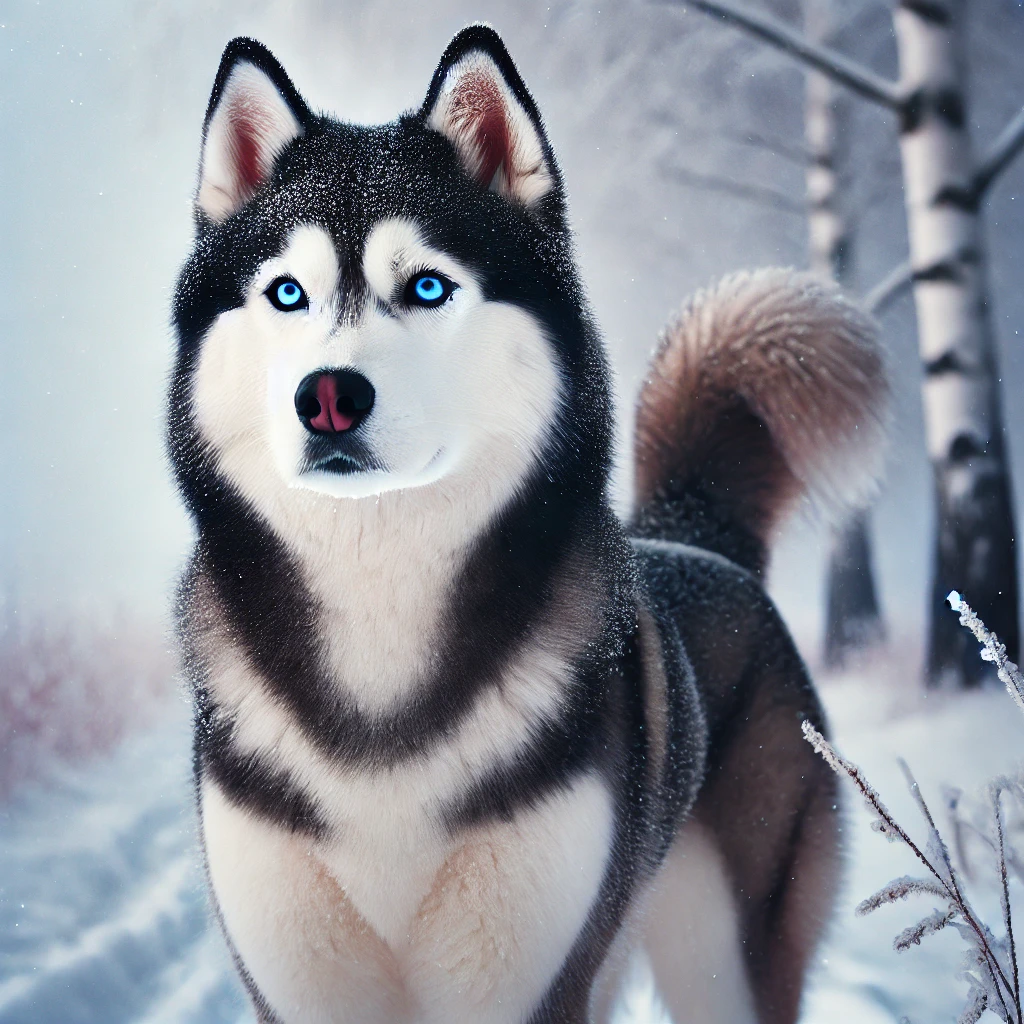The Shocking Truth About Commercial Dog Food
Category
Categories

The Shocking Truth About Commercial Dog Food
The Startling Reality of Commercial Dog Food
Caution. The following account is disturbing yet factual. It has been excerpted with permission from an article released in 1990 by the Earth Island Journal.1
“The floor of the rendering plant is filled with ‘raw material’. Numerous deceased dogs and cats; heads and hooves from cows, sheep, pigs, and horses; entire skunks; rats and raccoons — all awaiting processing.
“In the sweltering heat, the mounds of deceased animals appear to be alive as countless maggots swarm over the corpses.
“Two individuals wearing bandannas over their faces start operating Bobcat mini-dozers, transferring the ‘raw material’ into a ten-foot deep stainless steel pit. These are undocumented workers from Mexico performing a grim task.
“A massive auger at the base of the pit begins to rotate. The crunching of bones and the squelching of flesh create a nightmarish symphony that will haunt you forever.
The Rendering Process at Dog Food Manufacturers
Rendering is the process used by Dog Food manufacturers to cook raw animal material to eliminate moisture and fat. It operates like a large kitchen where the “chef,” also known as the cooker, mixes raw products to maintain a specific ratio of pet carcasses, livestock, poultry waste, and rejected supermarket items.
Cooking and Shredding
The raw material is cut into small pieces and then moved to another auger for fine shredding. Subsequently, it is cooked at 280 degrees for an hour in a continuous batch cooking process that runs continuously, 24/7. The meat is separated from bones in the hot “soup.”
Collection of Fat and Pulverization
As the cooking progresses, the “soup” produces yellow grease or tallow that is skimmed off. The cooked meat and bone go to a hammer-mill press that removes excess moisture and pulverizes the product into a gritty powder. Shaker screens are used to eliminate large bone chips and excess hair. At the end of a batch, all that remains is yellow grease, meat, and bone meal.
Welcome to the Dark Side of Recycling
What could this unsettling mixture be used for, you may wonder?
Definitely not for human consumption—correct?
Regrettably, despite its grim origins, the end product of this process is marketed as a protein and fat source for producing animal feeds.
That’s correct, food intended for feeding chickens, pigs, cattle—and even dogs.
Each day, numerous rendering facilities throughout the United States send out tons of this recycled material to ranches, farms, feedlots—and pet food producers.
Every batch of rendered material must be categorized based on its primary animal origin.
Therefore, ingredients likely processed in this manner often have ambiguous names that do not clearly specify the animal source.
For instance:
All undergo a similar rendering procedure.
Toxic Substances in Rendering Plants
The process of converting waste into animal feed in rendering plants has led to an unintended consequence of handling toxic waste as well. This is due to the fact that many rendering facilities end up processing hazardous materials along with animal remains.
Contaminants such as pesticides from tainted livestock make their way into the rendering process, while fish oil often contains mercury and other harmful heavy metals.
Furthermore, dead pets obtained from shelters, sometimes with flea collars still attached, are mixed into the rendering process. Insecticide-laden patches found on slaughtered cattle’s skin are also added without much consideration.
Additionally, antibiotics and pharmaceuticals from livestock continue into the rendering process, along with traces of euthanasia drugs used on animals, which have been detected in the final rendered product.
Metal contaminants, like those from pet collars, ID tags, and medical instruments, as well as plastics, can also find their way into the mix, further complicating the situation.
Utilizing Unwanted Grocery Meats
On a daily basis, expired meats from supermarkets, along with spoilt fish and poultry, are delivered in bulk, still in their original packaging of Styrofoam trays and shrink wrap.
The sheer volume of rejected products makes it impractical to individually unwrap each item, leading to a direct disposal of plastic cattle ID tags, pesticide patches, and even green waste bags containing deceased pets from veterinary facilities and shelters.
Surprisingly, all materials including plastic, paper, and cardboard, are processed in the rendering machine without discrimination.
It may be unsettling to comprehend, but a considerable portion of some dog food consists of leftovers from human food production, often considered unsuitable for human consumption.
The Final Verdict
It has become evident that the pet food industry may serve as a means for disposing of unwanted human food products and profiting from low-quality ingredients.
For this reason, it is crucial for pet owners to identify and steer clear of such questionable components in pet food, opting instead for products made by responsible manufacturers committed to creating nutritious and beneficial options for your dog.
Choosing brands that prioritize quality and longevity in their products will likely result in purchasing a superior dog food that can positively impact your pet’s health and well-being.
Recent Articles
Protect Your Dog
The Dog Food Advisor offers a FREE Dog Food Recall Alert Service by email.





